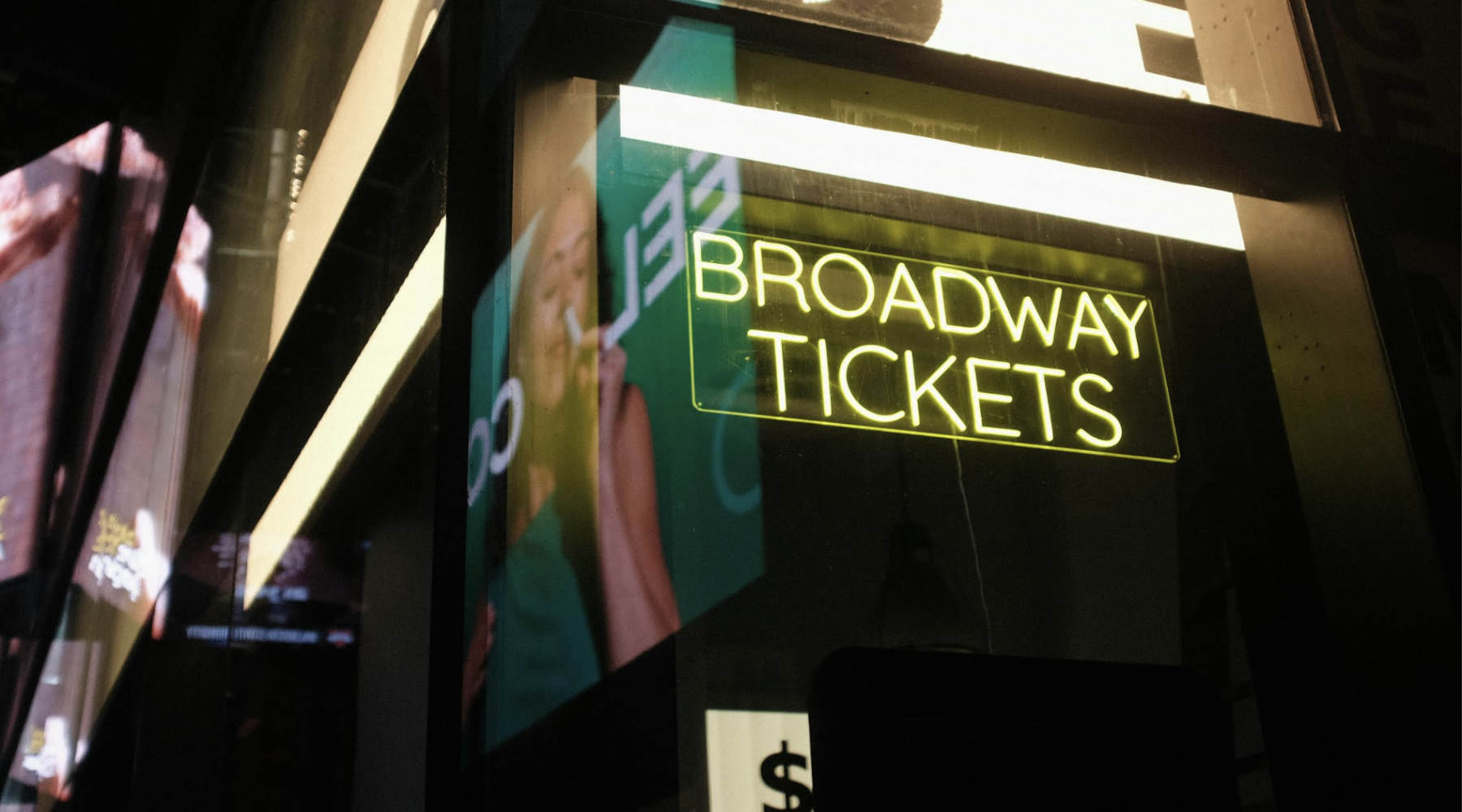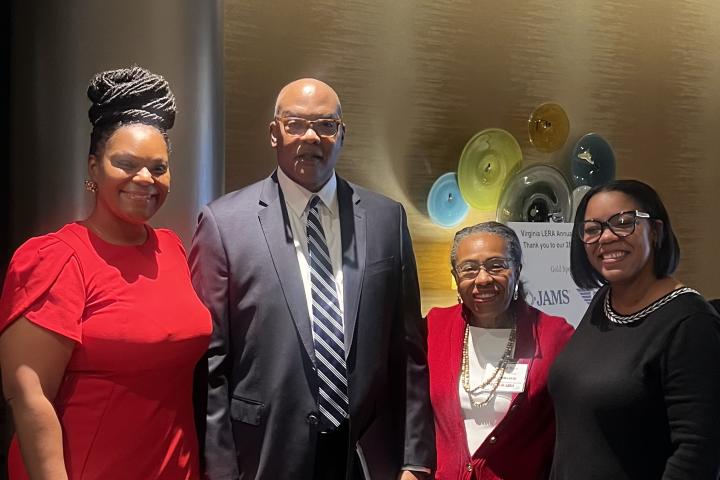
Mediating One of Broadway’s Most Complex Labor Disputes
When Broadway’s musicians, actors, and stage managers entered a pivotal round of bargaining this fall, the negotiations carried unusual structural and organizational complexity. With more than twenty active productions operating as separate financial entities, a multi-layered employer coalition represented by the Broadway League, and unions bringing both economic and professional concerns to the table, the dispute required a mediator who understood not only collective bargaining, but the distinctive constraints of the performing arts.
For Javier Ramirez, Executive Manager of the Scheinman Institute on Conflict Resolution’s National Conflict Resolution Service (NCRS), the core challenge was not the publicity surrounding the negotiations, but the internal architecture of the talks themselves. “Each show is its own entity,” he explained, a structure that adds “a far more complex” dynamic than a traditional two-party labor–management negotiation. The mediator’s task was complex: to create a process capable of holding multiple interests, decision-making centers, and definitions of risk.
Process Discipline and Structural Clarity
Ramirez is explicit about what a mediator controls and what he does not. While he may at times surface options or offer ideas, the parties retain full control of their proposals—choosing if, when, and how to adjust them. His focus is on shaping the conditions under which the parties can work. Early in the process, he sets expectations for communication, caucusing, and information-sharing, and secures access to private sessions where candid conversation is possible. “There are times they’re able to be candid with me,” he said, noting that formal bargaining formats often limit transparency across the table. That access helps him identify points of alignment and underlying constraints that may not surface in formal across-the-table exchanges.
Managing Multiplicity: Stakeholders, Interests, and Internal Divergence
It was critical for Ramirez to manage a negotiation with more than two centers of authority. The Broadway League negotiates as a collective, yet its constituent producers may experience operational or financial pressures differently depending on a show’s stage of development, ticket sales trajectory, or capitalization model. In practice, this means the “management side” is not monolithic, and Ramirez had to create space for internal divergences to emerge without derailing progress.
His philosophy is simple: people must be heard. “You can’t shut people down,” he said. Allowing stakeholders to articulate their concerns—whether or not they align with others in the room—reduces the risk of conflict reappearing later in the process. It also helps the mediator surface constraints or creative options that a narrower conversation might miss.
Strategic Use of Mediation Design
Ramirez selected different mediation structures for different agreements. For the production contract covering actors and stage managers, he used a co-mediation model with colleague Dan McCray, Director of Labor Relations Programs at the Scheinman Institute. Co-mediation, he noted, provides “an extra set of eyes” and a thought partner who can test assumptions in real time. For the musicians’ agreement, he worked individually, relying on his prior experience mediating performing arts contracts.
Moments of Instability
Although he avoids dramatizing the negotiations, Ramirez acknowledged that there were several points in both processes where talks could have stalled. What mattered was not the absence of tension but the parties’ ability to return to problem-solving. “They set [the emotions] aside and refocused,” he said. Ramirez established a process environment stable enough for that recalibration to occur—consistent tone, predictable structure, and steady facilitation.
His approach aligns with a broader trend he is observing across collective bargaining. Traditional “dance steps,” as he describes them, are shifting. Unions are bringing more members into the process, voices at the table are more assertive, and both sides are adapting to a more participatory bargaining landscape. Ramirez finds that these shifts do not make mediation harder or easier; they make it different. Mediators must adjust their methods to ensure that broader engagement does not dilute the capacity for decision-making.
Jason Lacks, president of the Broadway League, noted that Ramirez helped “shepherd [the parties] through the process.” That description reflects the core of Ramirez’s practice: providing the structure and discipline necessary for parties to reach their own resolution.
Broadway avoided a shutdown because the parties stayed in dialogue long enough to find a deal. Ramirez’s work made that possible.
After twenty-one hours of mediation that ended before dawn and an early flight home—followed by a full day’s work—Ramirez offered a sentence that reflects the quiet, rigorous ethic of his work:
“We’re making sure that the parties continue to dialogue — even when they’re frustrated or upset — because that’s how you find the deal.”
And in this case, it’s exactly why Broadway’s lights stayed on.



